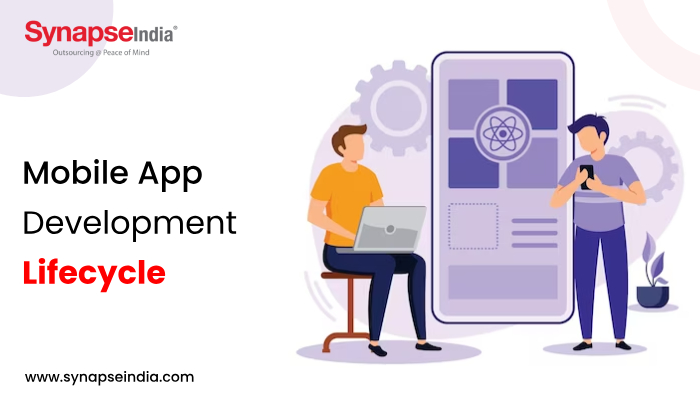 30 Mar 2024
30 Mar 2024
Mobile applications are becoming a necessary component of our everyday lives in the digital age, acting as effective tools for work, communication, entertainment, and other areas. But every successful mobile application is the result of a carefully thought-out and carried-out development process called the Mobile App Development Lifecycle. A mobile application's design, development, testing, and deployment are all part of the Mobile App Development Lifecycle, which consists of several steps and procedures designed to satisfy user requirements. Every stage of the lifecycle, from conception to upkeep, is essential to the overall performance and efficacy of the application.
We will examine the crucial responsibilities and recommended practices related to each stage of the Mobile App Development Lifecycle in this extensive book. This guide will give you insightful knowledge and useful advice to help you manage the intricacies of the development process and produce effective mobile apps that connect with your target audience, regardless of your level of experience.

Creating a mobile app involves following a structured methodology to ensure the successful development, testing, and deployment of the application. Here's a step-by-step guide on how to create a mobile app:
Start by clearly defining the purpose of your mobile app and the goals you want to achieve with it. Consider the target audience, market trends, and competitors to identify unique selling points and value propositions.
Conduct thorough market research to understand the needs and preferences of your target audience. Analyze existing apps in your niche, identify gaps and opportunities, and gather insights to inform your app's features and functionalities.
Develop wireframes and prototypes to visualize the layout, navigation flow, and user interface of your app. This step helps you refine the app's design, identify potential usability issues, and gather feedback from stakeholders before proceeding with development.
Select the appropriate development approach based on your project requirements, budget, and timeline. You can opt for native app development (iOS, Android), cross-platform development using frameworks like React Native or Flutter, or web-based app development.
Begin the development process by implementing the core features and functionalities outlined in your app's requirements documentation. Follow coding best practices, adhere to design guidelines, and integrate relevant APIs and third-party services as needed.
Conduct comprehensive testing to identify and fix bugs, errors, and usability issues. Perform functional testing, compatibility testing across different devices and platforms, performance testing, and security testing to ensure the app meets quality standards.
Once the app is thoroughly tested and validated, prepare for deployment to the respective app stores (App Store, Google Play Store). Follow the submission guidelines, create compelling app descriptions and visuals, and optimize for app store rankings and visibility.
After the app is launched, monitor its performance, user feedback, and key metrics such as downloads, engagement, and retention rates. Use analytics tools to gather insights and identify areas for improvement. Continuously iterate and release updates to enhance the app's features, usability, and overall user experience.
By following the above steps and adopting an iterative approach, you can create a mobile app that resonates with your target audience, drives engagement, and achieves your business objectives.

The mobile app development cycle comprises several stages and processes that ensure the successful creation and deployment of a mobile application. Here's an overview of the key stages involved:
By following these stages and processes, mobile app developers can ensure the successful development, launch, and ongoing maintenance of high-quality mobile applications that meet user expectations and business objectives.
The lifecycle of the mobile app development journey encompasses various stages, from planning and design to deployment and maintenance. Through this comprehensive guide, we have explored each phase, highlighting the importance of meticulous planning, user-centric design, robust development, rigorous testing, and continuous iteration. By following the best practices outlined in this guide, mobile app developers can streamline their development processes, mitigate risks, and deliver high-quality applications that resonate with users and drive business success. With a solid understanding of the mobile app development lifecycle and a commitment to excellence, developers can navigate the complexities of app development with confidence and achieve their goals effectively.
.jpg)
 10 Feb 2025
10 Feb 2025
